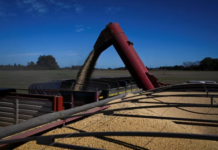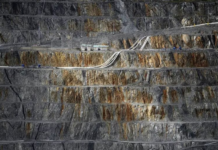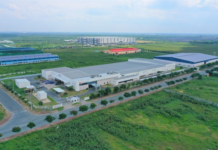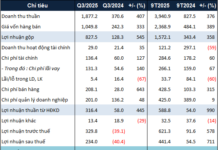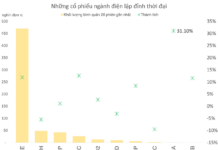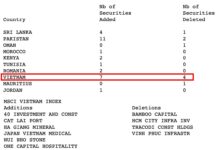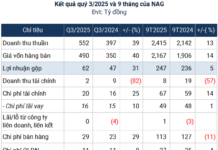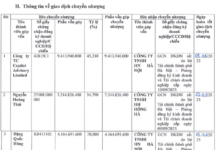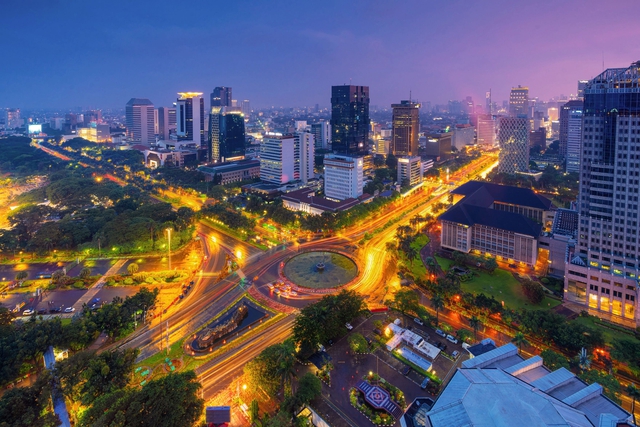
According to the latest data from the Indonesian Central Bureau of Statistics, the country’s GDP growth rate in 2023 reached 5.05%, lower than the 5.31% figure achieved in 2022. The reason for the lower GDP growth rate in 2023 compared to 2022 is due to the decrease in commodity prices and weak external demand. Specifically, the country’s export value in 2023 only recorded a 1.32% growth, much lower than the 16.32% achieved in 2022.
Indonesia aims to become a high-income country by 2045. According to Nikkei Asia, to achieve this goal, Indonesia’s annual economic growth rate must reach 6%-7%.
According to the World Bank, a country becomes a high-income economy when its Gross National Income (GNI) per capita reaches $13,846 or above. According to the latest data, Indonesia’s current GNI per capita is $4,580.
Capital Economics predicts that Indonesia’s GDP growth rate will be around 4.5% in 2024. According to economist Ankita Amajuri, low commodity prices and weaker global demand have weighed on Indonesia’s exports in 2023.
“We forecast that growth in developed economies will continue to face difficulties and commodity prices will remain low, which could be disadvantageous for Indonesia’s exports in the coming period,” the expert noted.
Meanwhile, according to Tadashi Morishima, a fund adviser at MUFG Bank in Jakarta: “In the context of China’s slowing economy and uncertain global demand, Indonesia’s exports may not be a growth driver in 2024. The question is whether consumer spending and private investment can be sustained or developed.”
For Vietnam, according to data from the General Statistics Office, Vietnam’s GDP in 2023 is estimated to increase by 5.05% compared to the previous year. In terms of the added value of the whole economy, the agricultural, forestry and fishery sector increased by 3.83%, contributing 8.84%; the industrial and construction sector increased by 3.74%, contributing 28.87%; the service sector increased by 6.82%, contributing 62.29%.
In terms of the economic structure in 2023, the agricultural, forestry and fishery sector accounted for 11.96%; the industrial and construction sector accounted for 37.12%; the service sector accounted for 42.54%; taxes minus subsidies on products accounted for 8.38% (The corresponding structure for 2022 was 11.96%; 38.17%; 41.32%; 8.55%).


